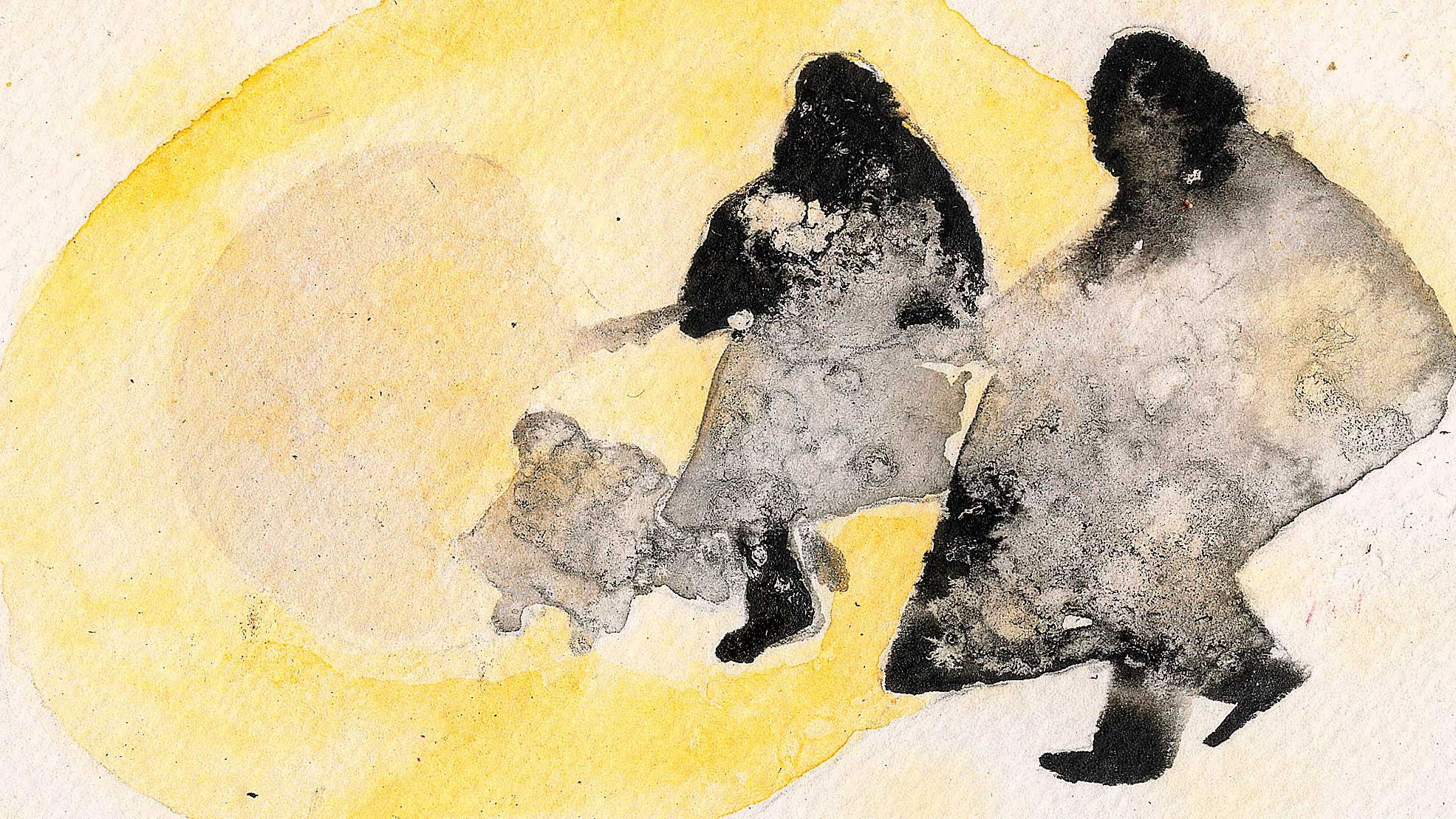When to use it?
This practice is useful for beginning group processes. It can be an icebreaker and will help to loosen up the participants, and to invite dynamic movement. Furthermore it generates the awareness of being part of a collective through an experience of interdependence.
How to do it?
Invite the participants to walk around the space, noticing their surroundings: What else is “out there”? Who is there? … Invite them to keep in movement.
Invite the participants to try out seeing themselves as not part of the group.
Then invite them to perceive themselves as part of the group.
Invite them to experiment with the speed of their walking. Slower, faster.
Then invite them to experiment with distance and closeness towards other participants.
Now, ask the participants to imagine that their trajectories in the room leaves a line drawn in space.
Then, ask the participants – from now on – to always make sure they are walking between two people.
Ask them to visualize their lines being woven together.
Give some time for this dynamic to unfold.
When energy and attention become low, invite people to loosen up, relax, and let their bodies again drift through the room. Ask them to perceive how the whole movement dynamic is now resonating on their bodies. You can ask them: Do you feel any pulling, pushing, in some direction?
Ask them to keep walking and bring their awareness to the other people in the space: Who is close by, who is far, where are you in the room?
Now, ask the participants to quickly choose one person, and from now on keep the same distance from this person.
Give some time for this dynamic to unfold.
Before energy starts to go down, ask the participants to pick a second person, and from now on keep the same distance from the two persons.
Give it some time. It can become quite unpredictable.
(You can also expand it to three persons, and see what happens.)
At the right timing, invite people to loosen up and relax. Ask them to find a place in the room where they feel good. Offer them the possibilities of sitting or leaning on the wall. Offer them some time to process the experience.
Combine with
Sources
The „keeping the distance“ game commonly appears in contemporary dance and performance workshop contexts. I am not aware of its source. The specific combination of elements and the guidance provided here is articulated by myself.
